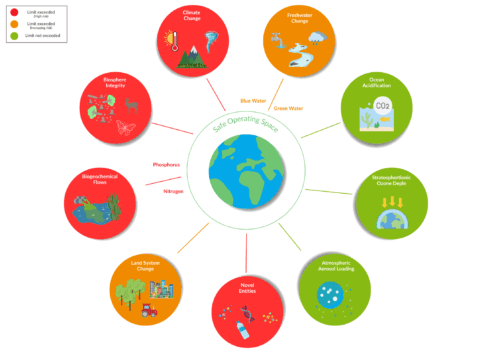Phosphorus is essential for plant growth. Although naturally present in soil, it is scarcely available to crops. To make up for this shortage, modern agriculture makes massive use of phosphate fertilizers, mined mainly in Morocco, China and the United States. But these resources are finite, taking millions of years to regenerate. According to estimates, global reserves could run out by the end of the century.

Worse still, excessive use of phosphorus fertilizers is polluting aquatic environments, causing phenomena such as green tides, and throwing ecosystems out of balance. It has also been shown that the main anthropogenic source of cadmium in soil comes from the use of phosphate mineral fertilizers in agriculture. In France, the over-exposure of the population to cadmium present in common foods such as cereals and potatoes has recently been highlighted by private doctors.
But the good news is that there’s still time to act. And Agrauxine by Lesaffre has decided to be part of the solution by launching an innovative program: Unlock Phosphorus.
The idea? Draw on Lesaffre’s microbial expertise and use natural levers to make phosphorus already present in the soil, but previously unavailable, assimilable. Certain microorganisms have the capacity to do this, helping to reduce dependence on mineral fertilizers.
This program is already mobilizing teams on two projects
The first aims to develop a seed treatment using a bacterial strain already identified as being of interest. The principle: the seed surface is treated with a solution containing this bacterium. Once the seeds have been sown, the bacteria multiply around the roots, helping the plant to absorb phosphorus more efficiently.
The second involves close collaboration between teams at Agrauxine and the Lesaffre Institute of Science & Technology (LIST), and aims to discover new microorganisms involved in plant phosphorus nutrition, and to explore innovative modes of action.
In addition to offering a sustainable alternative to mineral fertilizers, the Unlock Phosphorus program also provides farmers with a cost-effective solution in the context of wildly fluctuating fertilizer prices.
It’s another step towards a more resilient, more responsible agriculture that takes into account planetary limits.


